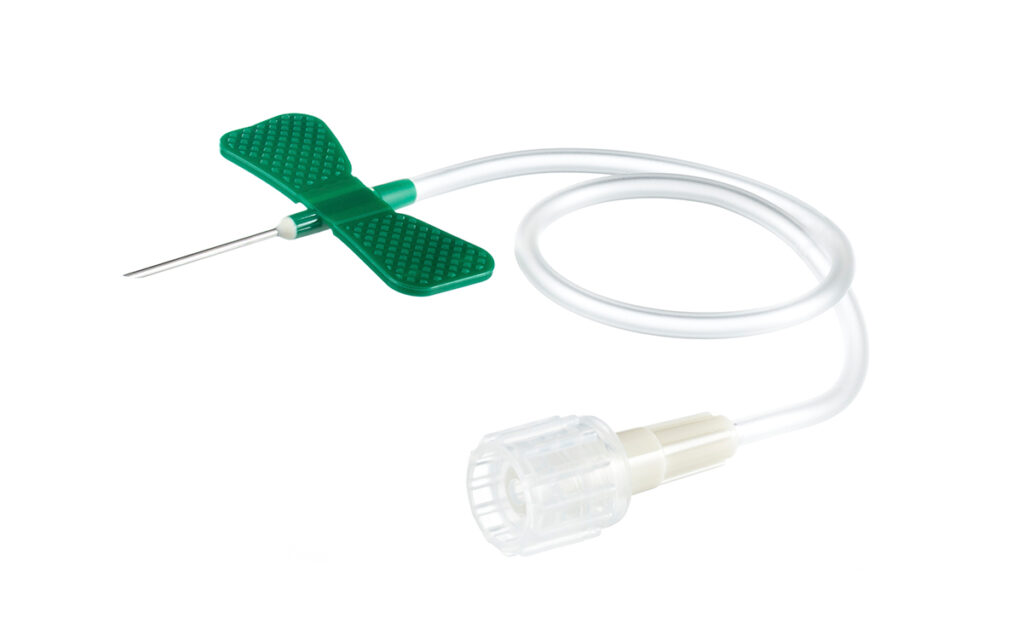Mushrooms have been part of the human diet for centuries. They provide a variety of nutrients and are used as a source of food, medicine, and even hallucinogenic properties. One particular mushroom species that has aroused interest in recent years is Amanita muscaria mushrooms (fly agaric). Often considered to be one of the most potent of all psychoactive mushrooms, it has been used by many cultures throughout the world for various purposes. If you’re considering experimenting with Amanita muscaria mushrooms or want to learn more about its effects, here’s what you should know from exhalewell.com .
Amanita muscaria is a fungus native to certain regions in Europe, Asia, Northern Africa, and North America. It’s a member of the family Agaricaceae and can grow up to 12 inches tall with white dots on its cap (known as warts). The caps may also range in color from red to yellowish-orange but are usually found in bright red shades with white spots. These mushrooms contain several active compounds such as ibotenic acid and muscimol, making them psychoactive when consumed. The potency varies depending on where they are grown so it’s important to use a reliable source if using them recreationally or medicinally.

Potential Health Benefits
Though much research still needs to be done on this type of mushroom, some evidence suggests that there could be potential health benefits associated with consuming it in small amounts and under controlled conditions. Studies have indicated that Amanita muscaria may help reduce inflammation, improve cognitive performance, protect against neurological damage caused by toxins like mercury and lead poisoning, lower blood pressure levels, and combat certain types of cancer cells. The compound Muscimol present in these mushrooms is thought to provide anti-inflammatory activity while other compounds may have antioxidant properties. However, more clinical studies need to be conducted before any definitive statements regarding their therapeutic effects can be made.
Risks & Side Effects
Despite its potential health benefits when used responsibly, taking large doses or consuming contaminated specimens could prove dangerous due to the high levels of toxins present in these mushrooms – particularly ibotenic acid and muscimol, which cause hallucinations and delusions when taken in large quantities or in combination with alcohol or drugs (including marijuana). Other reported side effects include nausea, vomiting, headache, dizziness and drowsiness, so it’s important not to take too much at once or without proper guidance from an experienced practitioner/medical professional before doing this yourself at home. Also, although cooking may reduce some of the toxicity, this has not been proven.
Preparation & dosage
When using Amanita muscaria mushrooms for medicinal purposes, it’s best to consult your doctor first. Depending on your medical condition, he/she will determine whether this type of mushroom is safe for you based on factors such as age, weight, etc. In addition, dosage recommendations are highly individualised and will vary based on the user’s level of experience as well as medical history. So always start with smaller doses until you find what works best for you. Finally, as these mushrooms contain toxins that can build up over time if taken regularly, don’t forget to consider how often you plan to use them over a period of time.

The bottom line
The potential health benefits associated with consuming Amanita muscaria should not be underestimated, however, due to the unpredictable nature of any type of mushroom, caution should always be exercised when consuming them – especially when experimenting without prior knowledge or supervision from a qualified professional. So always remember this simple rule: Do your research first, start slowly and listen carefully to your body’s reactions after ingestion & adjust your dosage accordingly – only then will you get the most out of these amazing gifts from Mother Nature!

